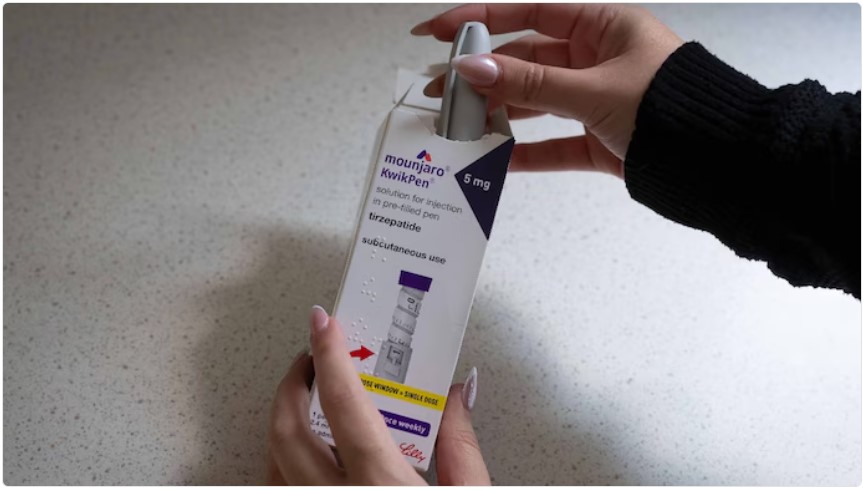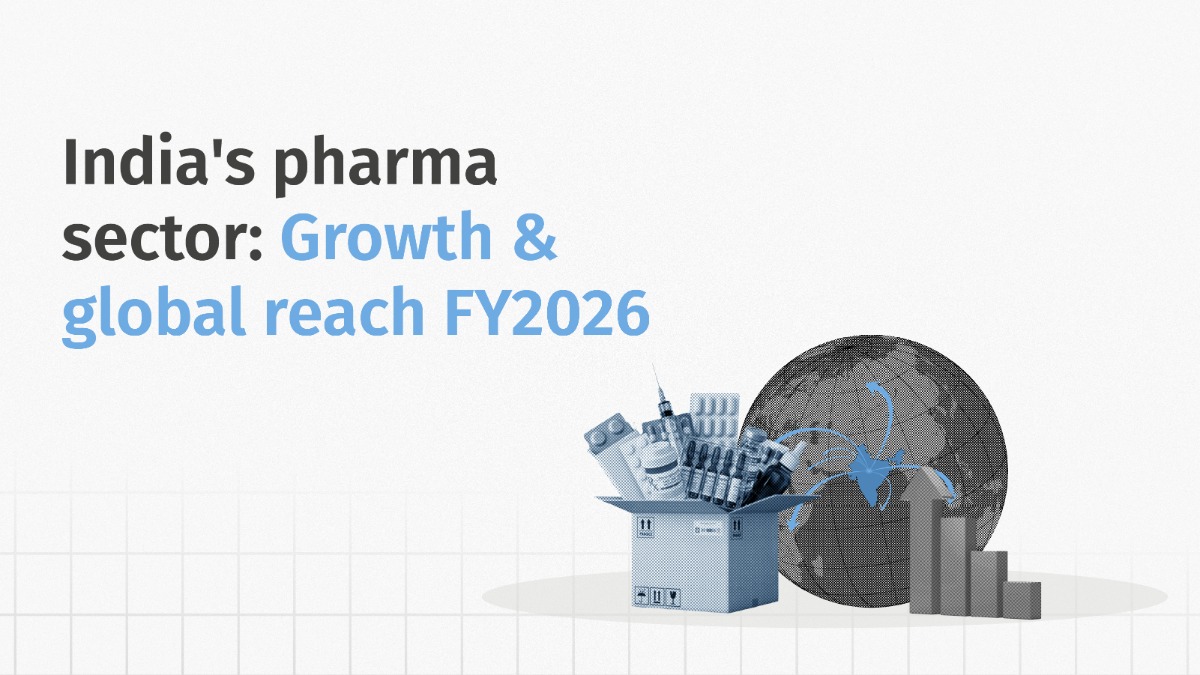
There is a need to redefine Glucagon-Like Peptide-1 (GLP-1) therapy to adopt metabolism first path towards diabetes care, says Hummsa Biotech founder Harshad Lalwani.
“Biotechnology company, Hummsa Biotech is advancing HB-PK002, an oral small molecule GLP-1 receptor agonist with a distinct preclinical profile that emphasizes metabolic improvement rather than appetite suppression for effective diabetes care and sustained health,” Lalwani further informs.
GLP-1 is a natural hormone that helps regulate blood sugar by increasing insulin release, decreasing glucagon secretion, and slowing stomach emptying, which reduces glucose levels after meals. In people with type 2 diabetes, the effects of GLP-1 are reduced, making it a target for medication. As a result, synthetic GLP-1 agonists are used as a class of drugs to treat type 2 diabetes, helping to lower blood glucose and promote weight loss.
Hummsa Biotech objective is to advance its lead GLP-1 receptor agonist into clinical trials and achieving successful Phase 1 data; an essential validation of the company’s science. Beyond the lead program, Hummsa is expanding its pipeline to develop dual receptor small molecules, next-generation candidates inspired by the success of peptide therapies such as tirzepatide but delivered in a convenient oral, small-molecule format to treat type 2 diabetes and assist with chronic weight management.
Tirzepatide is a prescription medication approved to treat type 2 diabetes and assist with chronic weight management.
Lalwani explains that GLP-1 receptor agonists have transformed metabolic care, but the next chapter isn’t just about eating less. It’s about running the body better. Clinicians are asking how to sustain benefits, improve real-world adherence, and broaden access without forcing patients into long, complex regimens. The opportunity ahead is clear: bring the benefits of GLP-1 therapy to more people through a metabolism-first, oral approach that is designed for real-world use.
In animal models, HB-PK002 has demonstrated meaningful metabolic benefits, including improved glucose control, insulin sensitivity, and liver health markers, without marked changes in food intake. The goal is to support durable metabolic health in a form that’s practical for everyday life.
Lalwani further explains that most GLP-1 therapies deliver fast wins by curbing intake. Our approach looks deeper—repairing the metabolic engine instead of relying primarily on appetite effects. In preclinical studies, HB-PK002 showed weight effects without marked changes in food intake, alongside improvements in core metabolic readouts. That signal is consistent with a metabolism-first strategy aimed at helping patients who need metabolic improvement but may not tolerate—or require—the full systemic effects associated with current injectable options, addressing the significant portion of patients who discontinue current therapies. While full tolerability and efficacy await clinical validation, this profile suggests the potential for a differentiated patient experience.
HB-PK002 is being developed as a convenient oral therapy for simplified administration and broader access with no injections and no cold chain. Hummsa Biotech is progressing an extended release path to align with daily routines, keeping real-world practicality at the centre of design.
Lalwani further explains that great science only matters if people can stay on therapy. From day one, we are building HB-PK002 with scalability and cost discipline in mind. Our formulation approach uses standard excipients and high drug-load processes and is engineered for Zone IVb conditions—heat and humidity typical of many markets. Manufacturing plans emphasize redundancy and pragmatic supply, so availability keeps pace with demand. The objective is to make a next generation metabolic therapy that is easier to adopt and simpler to sustain.
India’s ecosystem is ready to deliver globally relevant innovation with speed and value. Hummsa’s development program leverages India’s capabilities—from discovery through formulation and chemistry, manufacturing, and controls (CMC) —while adhering to global expectations on quality and documentation.
Lalwani informs, “Initial discussions with potential partners have begun, with strong interest from both regional and global players seeking differentiated GLP-1 assets. Tolerability studies are ongoing, and HB-PK002’s safety/tolerability profile is being evaluated as part of a structured development plan. We will continue to communicate results as they emerge, with the same clarity and discipline that guide our work.”
“We operate with milestone-based discipline, clear decision gates, and cross-border vendor support to keep execution tight. World-class metabolic innovation can be built when you combine rigor with access and a relentless focus on patient practicality,” Lalwani concludes.
Source : Pharmabiz






